Over the past decades, astronomy and astrophysics have seen enormous progress, in part helped by observatories and researchers in South America, according to Reinhard Genzel, corecipient of the 2020 Nobel Prize in Physics. A lot of work remains to be done by a new generation of cosmologists and space scientists, whom he encourages to consider Chile and its laboratories for research.
Genzel, the codirector of the Max Planck Institute for Extraterrestrial Physics, is a professor at the Ludwig Maximilian University of Munich and an emeritus professor at the University of California, Berkeley. In 2020, he was awarded the Nobel Prize in Physics, which he shared with Andrea Ghez and Roger Penrose, «for the discovery of a supermassive compact object at the centre of our galaxy.»
During the 2021 edition of the Lindau Nobel Laureate Meetings, Ciencia del Sur had the chance to interview Prof. Genzel remotely. This is the conversation, edited for clarity.
-Are we living in a golden age for the study of astronomy and astrophysics?
Yeah, I think that’s probably correct, but it is not entirely new. We have already had, for the last three or four decades, terrific discoveries. As instruments and telescopes are continuously improving, we are able to detect new wavelengths in the electromagnetic spectrum, gravitational waves, and neutrinos.
And we have made tremendous progress in our capabilities of looking out there and exploring the Universe.
-How do you describe the progress of our knowledge about the center of our galaxy?
It’s been, for me, a story of steady and sometimes exciting progress. It has taken 40 years, a long period. Now, in the galactic center, we have a very unusual situation if we can actually see things move.
We can see the planets and their moons move in the solar system. In more distant systems, such as galaxies, we usually cannot. In the Galactic Center, we see stars move. What we have done is to exploit these motions to basically look for and then test the hypothesis that was around already when we started: that there might be a massive black hole.
This hypothesis reaches all the way back to the invention of the theory of general relativity a hundred years ago. But it took a long time before experimental work really was ready to tackle these small effects, which you would expect from general relativity.
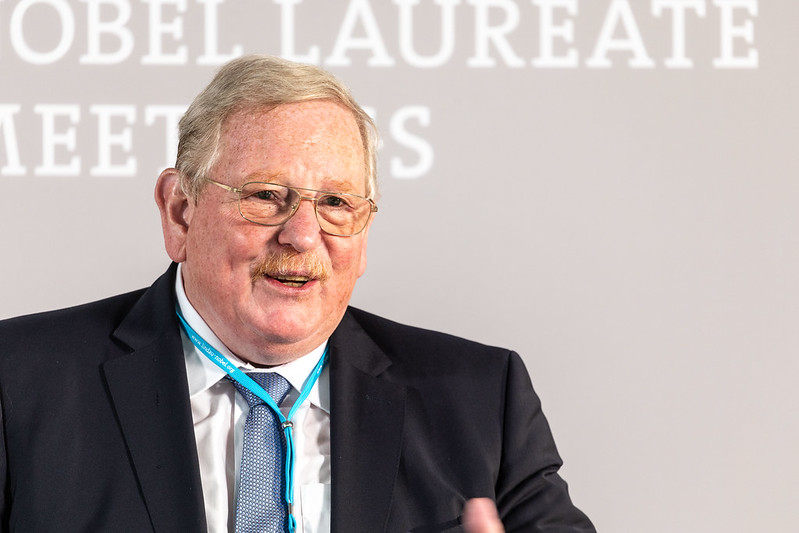
-What do you think of models that postulate an exotic object other than a black hole in the galactic center?
What I can say is both the work in the galactic center as well as detection of the inspiral of two compact stars towards a single star or single black hole with gravitational waves, both of these types of research are, first of all, perfectly consistent with general relativity in black holes.
Second, the possibility for anything but a black hole is in the realm of speculation. It’s possible on some level, but not very likely. Nevertheless, I agree with you. We all feel that we need to continue and push the frontier. A black hole, by definition, is an object with an event horizon, and you cannot, unfortunately, go into the event horizon unless you want to fly a rocket into it.
But then, of course, you can never report about what you found. So that’s really the trick: how close to the event horizon can we go, and the gravitational waves as well as our work is now beginning to get to the last radii outside of the event horizon, which are likely going to be explorable. And those radii, the objects, really still do look like a Schwarzschild/Kerr black hole.
Now, there are some things which we haven’t done yet in the galactic center. We have not measured what is called the spin of the black hole rotation. And once you have that, you have the mass and two or three stars. Then you can test the so-called no-hair theorem. It is a fantastic thing. Massive black holes in big galaxies have billion times the mass of the sun.
Still, general relativity predicts you only need two numbers: What is the mass? And how fast is the rotation? So the objects are in principle superbly simple, like elementary particles but of a very great mass.
And if that is the case, if you really only need these two numbers, then other properties you might be able to measure, like the so-called quadrupole moment of the black hole, has to come out directly from a combination of the mass and the spin. And that can be computed. It’s not a separate number. Another way of saying this is there are no hills or edges or hairs sticking out of a black hole, at least when it’s by itself.
-When do you think we can have an image of the shadow of the black hole in Sgr A * similar to the one obtained for M87?
That’s a very important question because as it stands now, The millimeter image of M87 with the Event Horizon Telescope (EHT) results are very exciting and are also fully consistent with the predictions of General Relativity.
The image shows a dark region, a ‘shadow’ surrounded by a bright ring of radio emission. In General Relativity the diameter of the shadow is given by the size of the ‘photon orbit’, within which also photons would fall into the black hole. The M87 results are consistent with this interpretation if the black hole has a mass of about 6 billion solar masses.
The next big step would be to measure the shadow diameter and the black hole mass as precisely as possible in order to make this important test highly significant. It would also be wonderful for the EHT to make an image of the Galactic Center radio source SgrA*. Why have they not done it?
Unfortunately, our galactic center’s black hole has 50,000 times less mass than the one in M87. That means the time it takes a photon to go around the inner photon orbit is 50,000 times longer in M87 than in the galactic center. In M87 you can measure this in weeks. In the galactic center you can measure it in ten minutes or so.
That means any change you might have in the region around the black hole due to gases or fields change the appearance of the object, and the technique that radio astronomers are using to make an image requires time. By that time, the image has changed. It’s very challenging technically. I very much hope they find a way to do it in the next few years. Once they have their results, we can then combine it with our results.
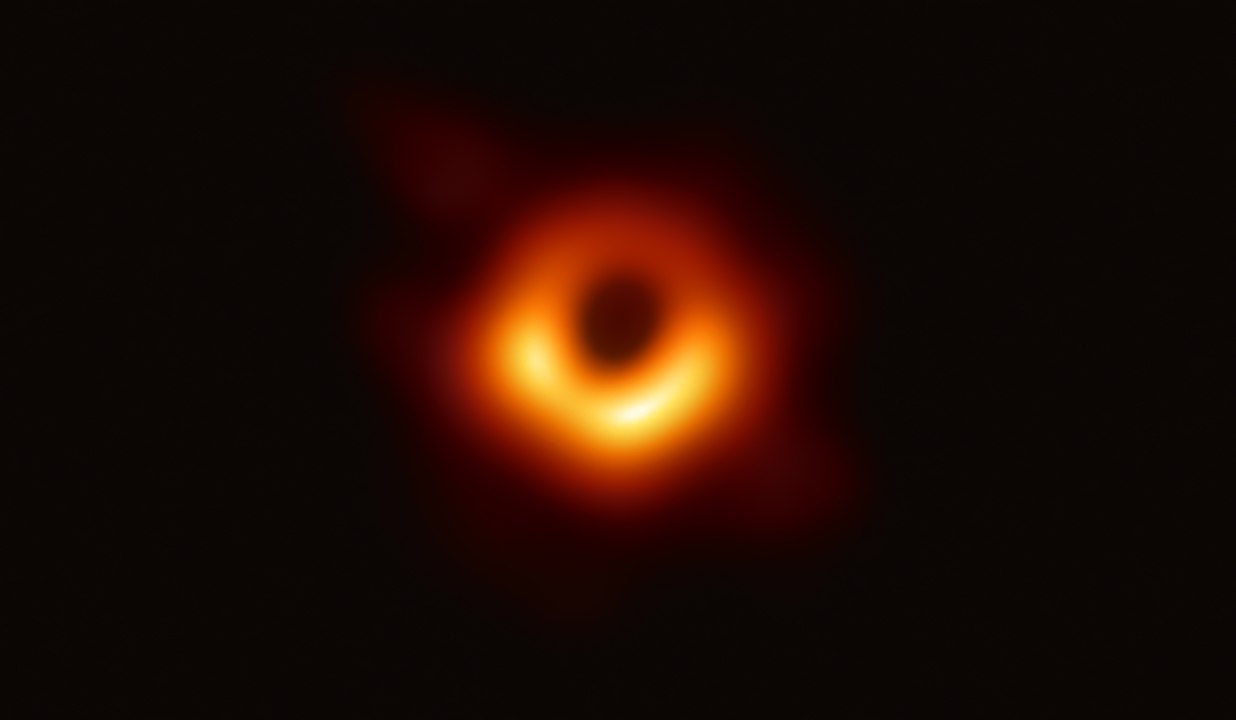
-What do you think about the nature of dark matter?
The hypothesis has been that dark matter is, let’s say, an elementary particle which has mass of no electrical charge. Because of the mass, it then interacts with other masses. It sees gravitation, the space-time, but because it has no charge, it doesn’t interact through electrodynamic interactions.
That’s very different from normal matter, at least at high temperatures. If you take us and heat us up to the kind of temperatures that exist in interstellar space, then we would be ionized, and that of course reacts to charge. The way we sense dark matter in astronomy is through gravity and how other particles react to the presence of this otherwise invisible matter.
If you take measurements of all scales, like the outer parts of the galaxies, including back to early universe times, in particular of the cosmic microwave background radiation, all of this give us a pretty good reading of the constitution of dark matter at large scales, and it fulfills the properties I described.
Is that proof the particle is like that? No, because we would like to identify it by itself and most preferably in a laboratory, but it’s a very challenging measurement. You have to go deep underground to remove the background and other effects.
The physicist community has been doing this for years with ever better measurements but no detection of this elusive dark matter particle has been possible so far. Alternative proposals to very heavy elementary particles as constituents of dark matter are so called ‘axions.’ Some people have been posing black holes as sources of dark matter.
This is all speculation. At this point, we can only say, in large scales, if general relativity is correct in the description of the forces between particles, then there has to be this dark matter. It’s essential; otherwise, if you say maybe it’s not there, then what we are seeing at large scales cannot be explained, unless the physical laws of gravity are different from Einstein/Newton.
-What are the greatest challenges for astrophysics in the coming years?
Dark matter is one, and the other is the overall evolution of the universe. There are parts of it where lots of progress has been made. One of the fantastic progress is this formation of structure from 300,000 years after the Big Bang to the present time.
That’s been understood quite well under the assumption of dark matter. We are looking at the expansion of the universe, and it’s been very well established that there’s an expansion from an original super-dense state we call the big bang.
In General Relativity, one of the most simple solutions of such an explosion of matter is there’s a finite amount of energy, and after a while the expansion slows down because of the gravity of the overall universe, and everything comes back together. That’s assumed to be the case, but that’s not what we are seeing. In fact, the expansion actually accelerates, especially lately, over the last 1 billion years.
That’s rather surprising. It’s called “dark energy” in the media; as if vacuum has energy or pressure to feed the expansion of the universe. It’s a puzzling thing. We are beginning to track the beginning of this expansion. When did it start? Then the next riddle is the big bang itself and how it happened. How should we picture it? Any normal person questions: what was before the big bang? That’s a bit of a no-no question: we have to humbly say we cannot say. We just don’t know.
There is theoretical speculation about it to make it more understandable but it’s not worth talking about it until you have a good way to test it through observation. That’s the scientific principle. I can make up any idea and theory, but if I can’t test it, it’s no good. It’s like religion, a belief system. Another riddle is the formation and evolution of galaxies that we are beginning to understand.
Black holes and galaxies are in a symbiotic situation. As galaxies move, so do the black holes, and when you feed them, they generate a lot of energy. Matter falls into them, and they get very hot, start radiating a lot of energy, which can stop galaxies from growing further. We are learning more about it. Within galaxies, the biggest research in the future will be the exploration of extrasolar planets.
We now know, and this is just mind boggling, that we are here in this solar system but nothing else. We speculated about other worlds, but we had no evidence until about 30 years ago. Now we have evidence for the existence of 5,000-7,000 extrasolar planets, and we are beginning to explore them. We are actively looking for possible evidence of life.
There is only one drawback, like with black holes. In the case of extrasolar planets, you cannot telephone. It’s not practical. If you had found another system with intelligent beings on them, you can’t communicate because of long time scales.
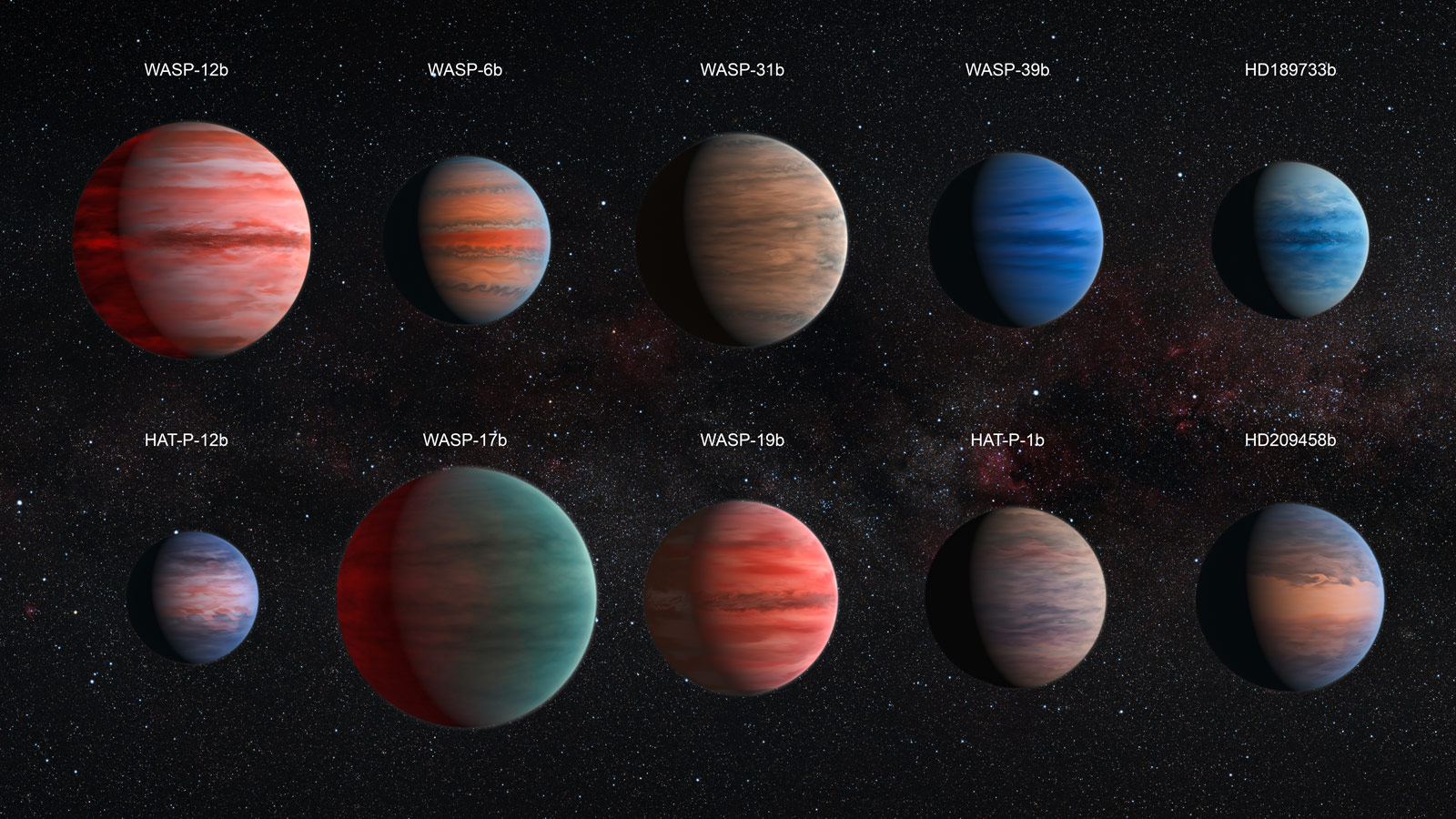
-How has the COVID-19 pandemic affected your research?
Mainly because we are using the biggest laboratories in the world in Chile, like the ALMA and Paranal observatories. And the observatories had to be shut down. Both observatories just recently have begun to “wake up” again.
The number of people in the mountains is limited, much smaller than needed to operate these very complicated instruments. I’m very much worried it will take another winter before we are back to normal operations and can travel ourselves to work at the Paranal Observatory.
-Undoubtedly, the Lindau Nobel Meetings is an opportunity to interact with leading scientists. In Latin America, we are still lagging behind in research and development. What do you recommend to students wanting to do science?
If they are really excited about astronomy, for instance, they definitely should apply to do their studies at universities in South America, where there is great research. Chile is clearly moving up. Of course, Brazil has had good astronomy for quite a while, but Chile’s is obviously growing due to having so many telescopes in its territory. It has privileged access because it’s the host country.
But as a result, Chilean universities have taken advantage of this and created research groups. Europe and the United States, on the other hand, are collaborating with these groups. Another way to do this is to apply for the many scholarships available in European and US universities and do research there.
What’s needed, of course, is that school systems should be capable of preparing students with the basic underpinnings in sciences to do research. I would say there are two paths, and the Chilean growth I take as a very good sign. Initially, it was a small growth, but now it’s quite a formidable development.
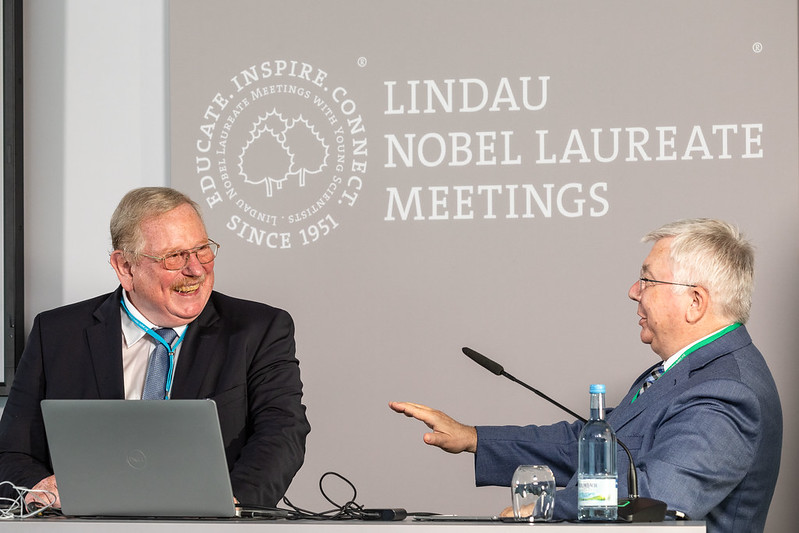
Lea este artículo en castellano.
What did you think of this article?
Director ejecutivo de Ciencia del Sur. Estudió filosofía en la Universidad Nacional de Asunción (UNA) y pasó por el programa de Jóvenes Investigadores de la UNA. Tiene diplomados en filosofía medieval y en relaciones internacionales.
Condujo los programas de radio El Laboratorio, con temática científica (Ñandutí) y ÁgoraRadio, de filosofía (Ondas Ayvu).
Fue periodista, columnista y editor de Ciencia y Tecnología en el diario ABC Color y colaboró con publicaciones internacionales. Fue presidente de la Asociación Paraguaya Racionalista, secretario del Centro de Difusión e Investigación Astronómica y encargado de cultura científica de la Universidad Iberoamericana.
Periodista de Ciencia del Año por el Consejo Nacional de Ciencia y Tecnología (2017). Tiene cinco libros publicados.






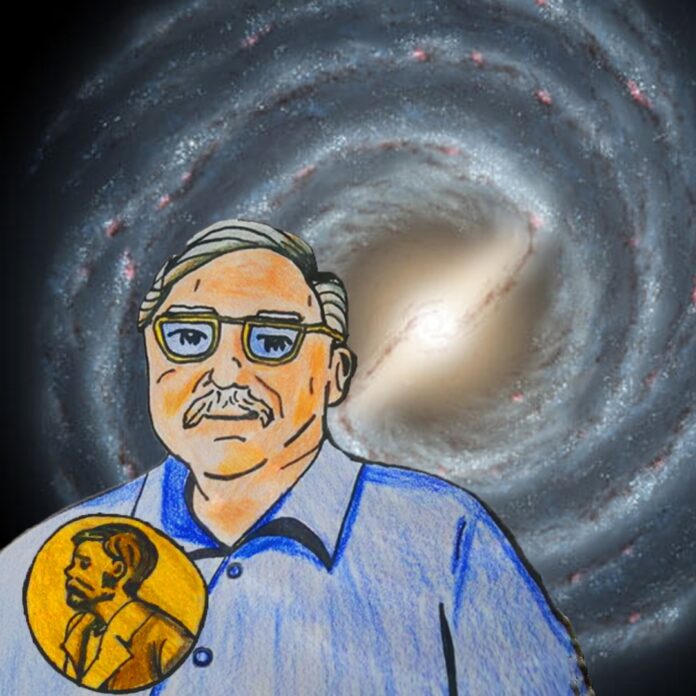

 (5 votos, promedio: 4,20 de 5)
(5 votos, promedio: 4,20 de 5)






